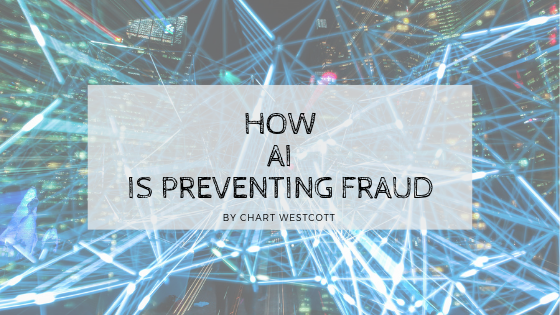Today’s fraud crimes come in many forms, such as identity and credit card theft, phishing, and false chargebacks, to name just a few. The next wave of AI-based fraud prevention is going to need to rely heavily on a mix of both unsupervised and supervised machine learning algorithms in order to combat those intelligent types of threats. Decades of transactions can be looked at within a few milliseconds in order to calculate a company’s risk score. Together, AI and machine learning programs can produce this fraud score for any digital business within seconds, providing a way for companies to take measures to protect themselves.
There are several main differences between unsupervised and supervised machine learning. Unsupervised learning just examines data and the relationships between data sets. These are input variables with no established output formula, which means there is only the incoming data to examine. Unsupervised algorithms can only sort and categorize data. There is no machine model to learn from because there is no answer to compare anything to. It is, however, very valuable when it comes to datasets because it can pinpoint any outliers that don’t match with other data, then cluster those abnormalities to be studied at a later date.
Supervised learning is rule-based. Supervised machine learning says that for every input X, there is a function that results in output Y. The program learns from past successes and errors, almost as if it’s being supervised or taught by a teacher. This gives it the ability to examine past trends and learning models and search for patterns in predictive models.
Both of these types of computer models bring something to the table with regard to protective measures, but neither one can do enough on their own to tackle modern-day hazards. That’s why they work together to form the ultimate security. Because fraud might display a completely before unseen pattern or follow a unique set of rules, a predictive model might miss something. That’s when unsupervised data clusters might hold the necessary clues needed to catch a problem.
Speed is another one of the reasons that AI-based data analytics far surpasses the manual equivalent. In the case of chargebacks, there is a six to eight week waiting period when done manually. With AI, analysis based on machine learning is done in real-time.
There are a few leaders in the field when it comes to combinatory AI approaches to fraud detection. Kount is one example of a software company that specializes in fraud detection and prevention.



